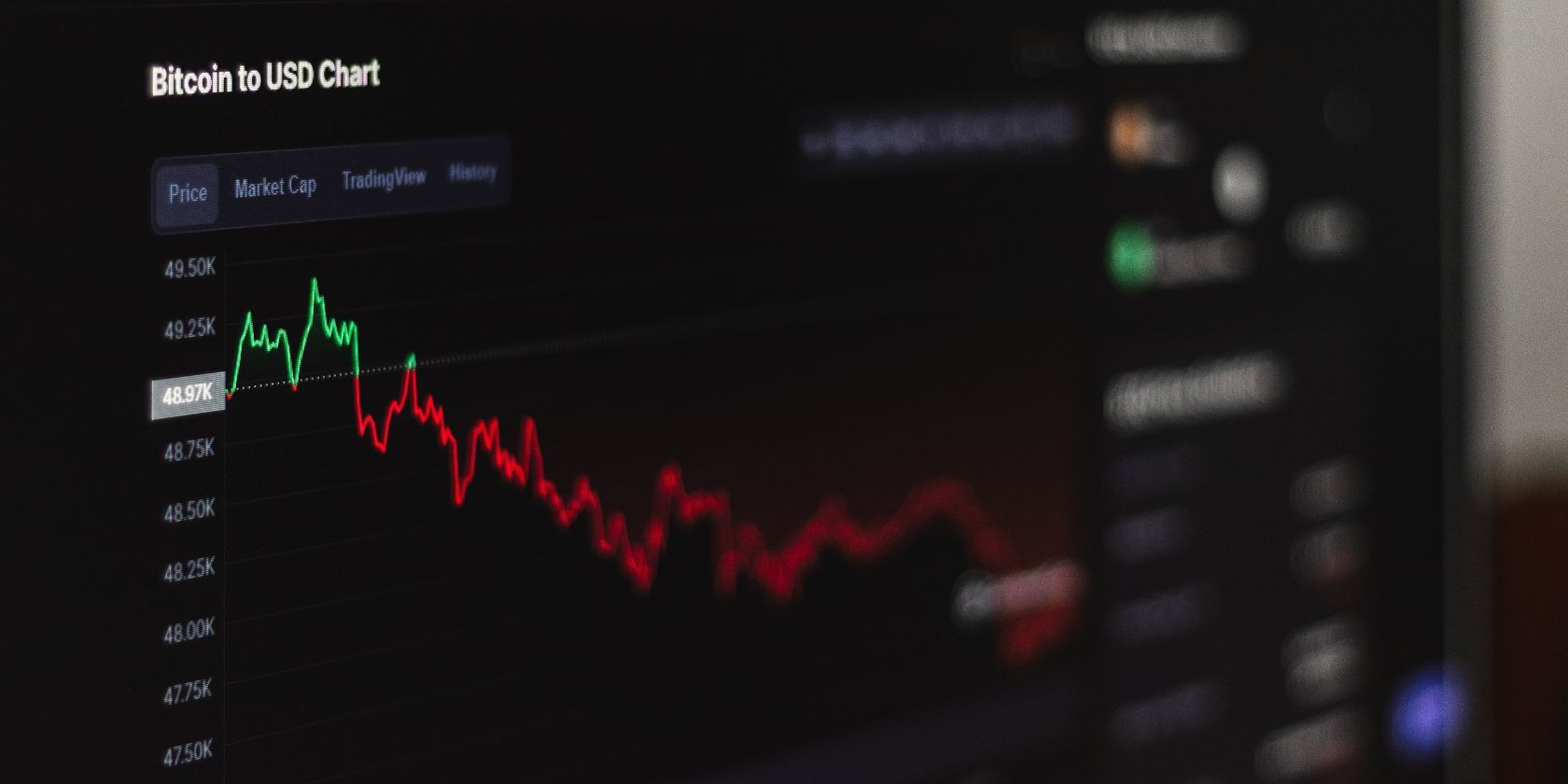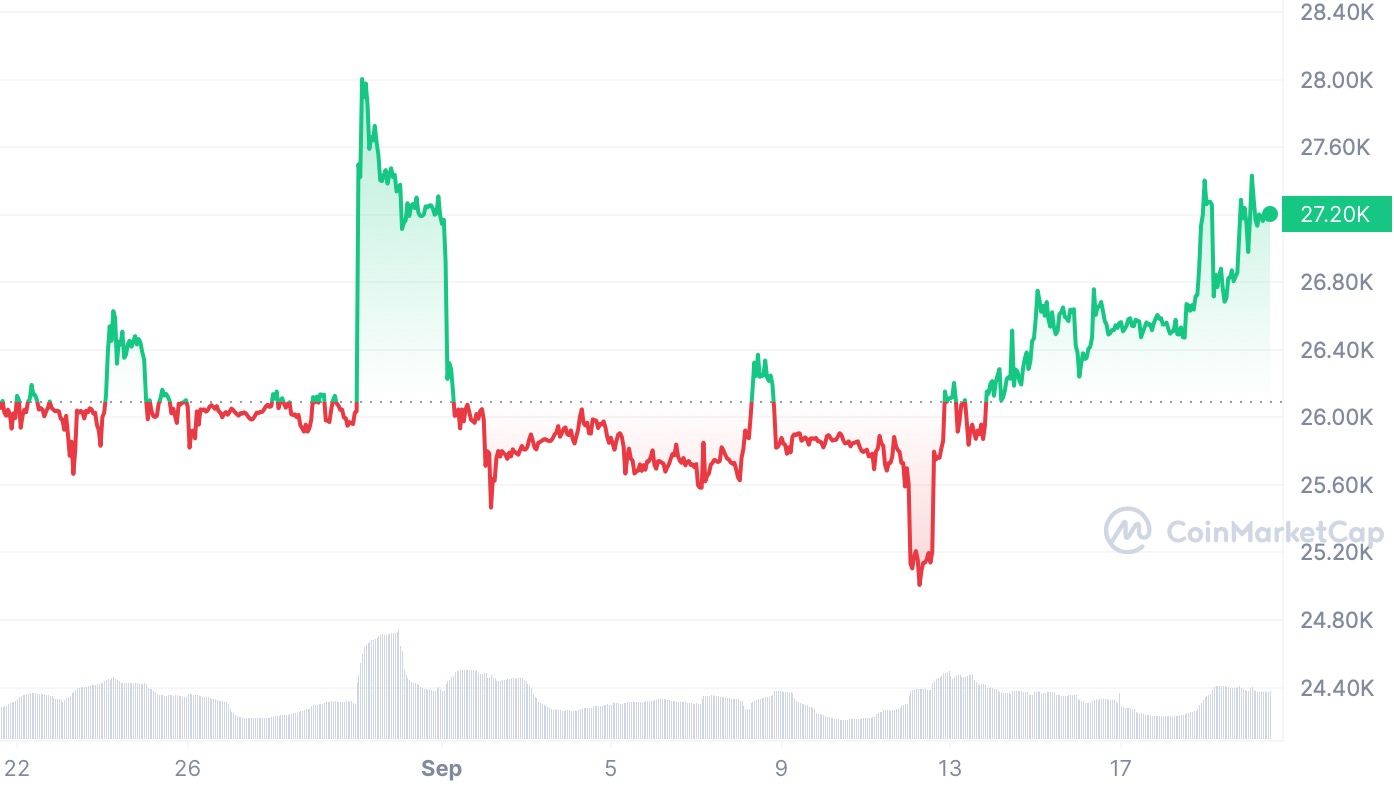Key Takeaways
- A crypto crash is a sudden and drastic drop in cryptocurrency prices caused by major events or bad news, leading to fear and panic among investors. It can result in significant financial setbacks and erode investor confidence.
- The biggest Bitcoin crash occurred in June 2011 when the price plummeted by over 99% due to a security breach at Mt. Gox. This event serves as a reminder of the potential risks in the industry.
- On the other hand, a crypto price correction is a more gradual decrease in prices that occurs as a natural part of the market cycle. Corrections help prevent market overheating and contribute to the overall health and sustainability of the market.
Regardless of whether you’re a seasoned crypto trader or someone taking their first steps into the world of digital currency, chances are you’ve come across two terms that can leave your head spinning: “crash” and “correction.”
When both terms are thrown around so often, it’s really easy to get confused. So, what’s the difference between a crypto crash and a crypto correction?
What Is a Crypto Crash?
First, let’s talk about a crypto crash.
Imagine riding a roller coaster. One moment, you’re climbing to the highest point, filled with exhilaration, and the next moment, you’re falling at breakneck speed with your stomach stuffed in your throat. That’s what a cryptocurrency crash feels like.
Crypto crashes occur when the price of cryptocurrencies, such as Bitcoin, plummets over a short period of time. It’s like watching a roller coaster go nose-dive, potentially devastating and often causing fear and panic among investors (fear that scammers can exploit!).
Such incidents are usually caused by a major sudden event or bad news shake-up. For example, regulatory enforcement, security breaches, or negative market sentiment can cause a crypto crash.
What Is the Biggest Bitcoin Crash of All Time?
Back in June 2011, Bitcoin experienced a colossal crash. The largest cryptocurrency plummeted by over 99 percent, dropping from over $30 to just a fraction of a cent in a single day. This devastating crash was triggered by a security breach at Mt. Gox, the leading Bitcoin exchange at the time, where hackers swiped millions of dollars worth of Bitcoins from numerous accounts. It was a crypto catastrophe that still echoes in the industry’s memory.
Needless to say, you need to be aware of the industry trends to maintain caution for surviving a crypto crash.
What Is a Crypto Price Correction?
Now, picture a different scenario on that rollercoaster. You’re still on a thrilling ride, but this time, it’s a bit tamer. Occasionally, the coaster slows down to catch its breath before speeding up again. This is what a correction in the crypto market is like.
A correction is a natural part of any market, including the crypto market. It’s when prices drop, but not as drastically as during a crash. Corrections are like the rollercoaster easing off its top speed for a bit to ensure a smoother ride.
Corrections happen to bring some sanity to the market. When prices go up too fast, it can lead to a bubble, like the rollercoaster going too fast for comfort. Corrections cool things down and prevent the market from overheating.
Example of a Bitcoin Correction
Let’s say you bought Bitcoin at $30,000, and it starts climbing steadily. After a while, the price drops to $28,000 over a few weeks, but then it stabilizes and begins to rise again. That’s a correction. It’s like the rollercoaster slowing down momentarily to give you a chance to catch your breath before the next exciting climb.
The chart above illustrates a real scenario where Bitcoin witnessed price corrections (in red) over a span of a month.
Crypto Crash vs. Price Correction: What’s the Difference?
let’s recap what sets the two similar but different terms apart:
- Magnitude of Price Decline: A crash involves a swift and substantial plummet in prices, often resulting in significant financial setbacks. In contrast, a correction signifies a more gradual decrease in prices.
- Duration: Crashes are typically short-lived and can transpire within mere hours or days. Conversely, corrections can extend over weeks or even months.
- Triggers: Crashes are typically ignited by external factors such as regulatory alterations, security breaches, or shifts in market sentiment. Corrections, conversely, represent a natural facet of market cycles.
- Implications: Crashes can erode investor confidence and precipitate prolonged bearish market conditions. Corrections, albeit unsettling, usually contribute to bolstering the overall health and sustainability of the market.
You may hear crash and correction used in the same conversation, but they have differences.
Stay Calm and Stick to Facts
Differentiating between the two is vital for all crypto investors, regardless of their experience. It helps you control emotions, make informed choices, and maintain a long-term investment perspective. So, when the crypto market fluctuates, you’ll identify whether it’s a crash or correction, and this knowledge can significantly impact your crypto journey.







